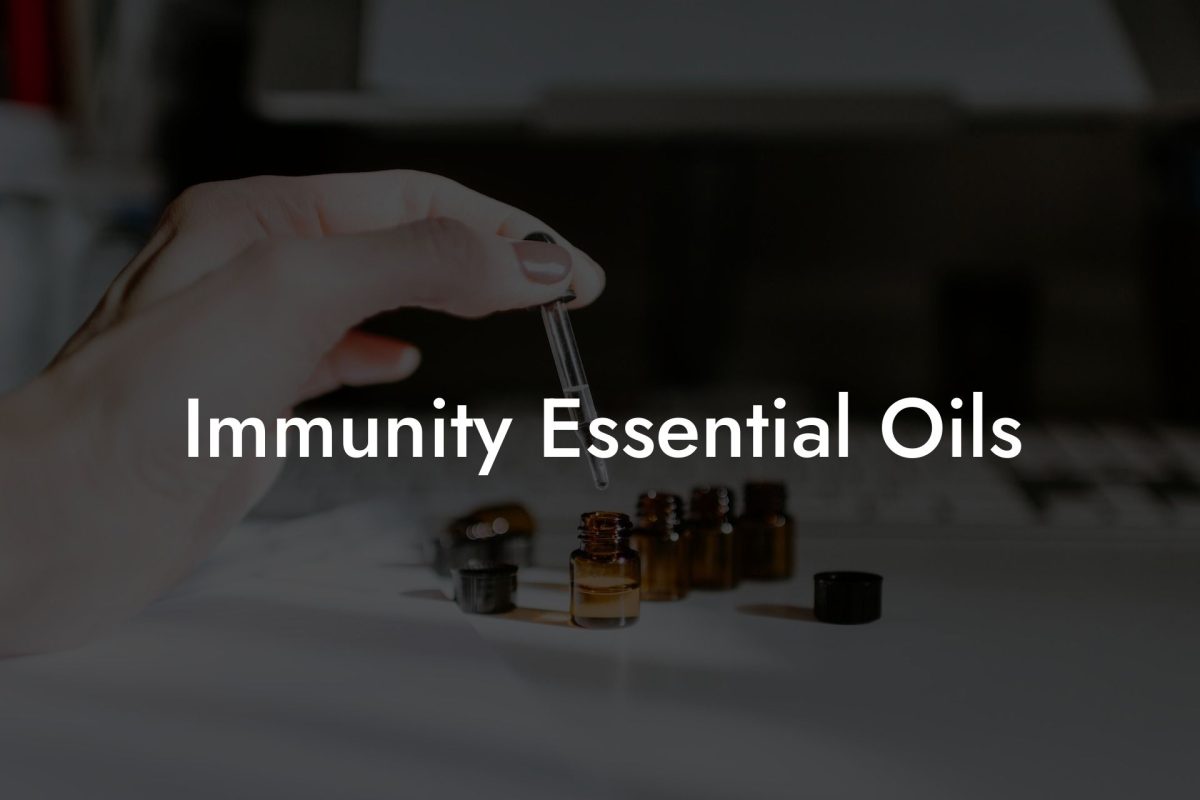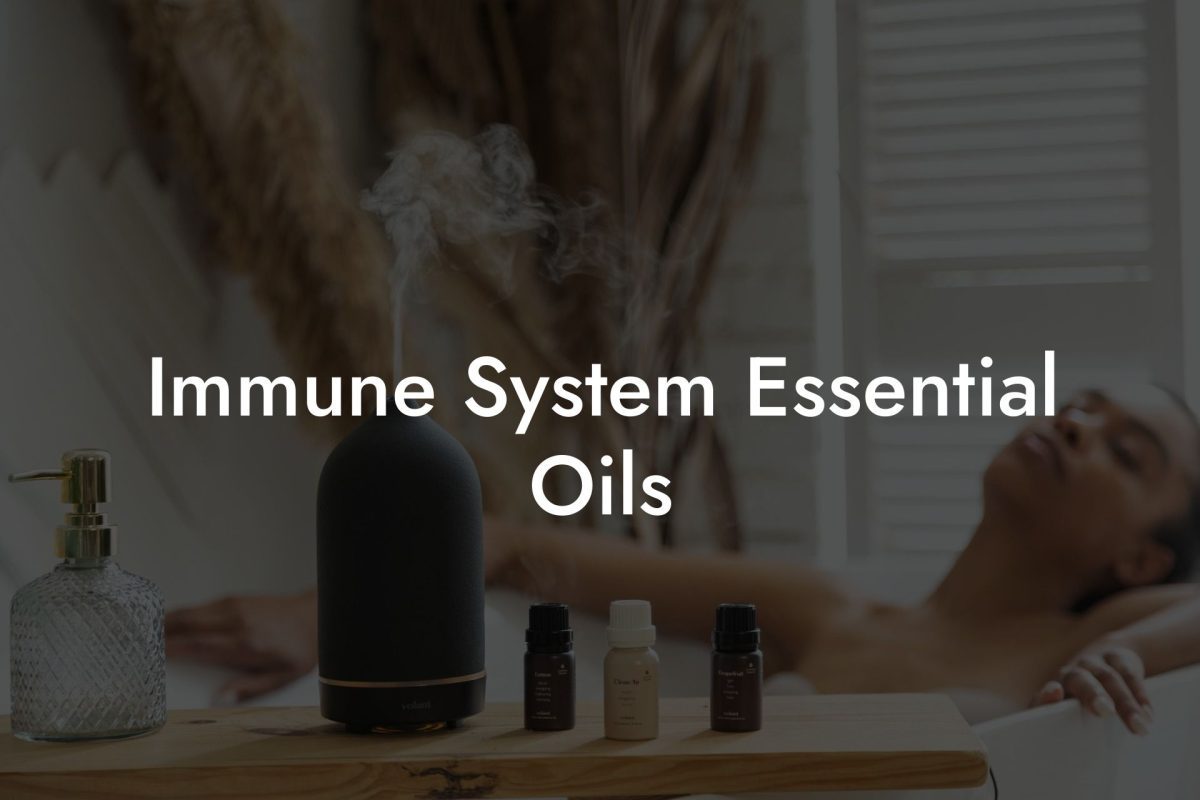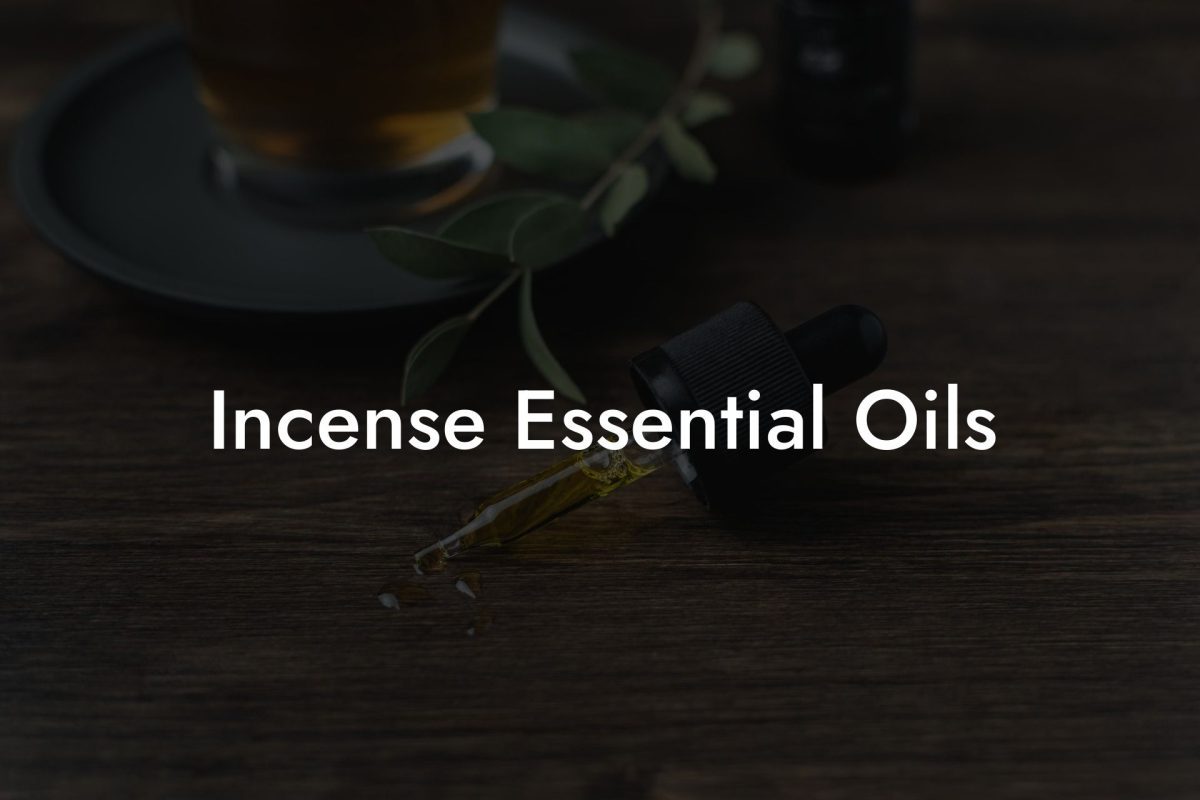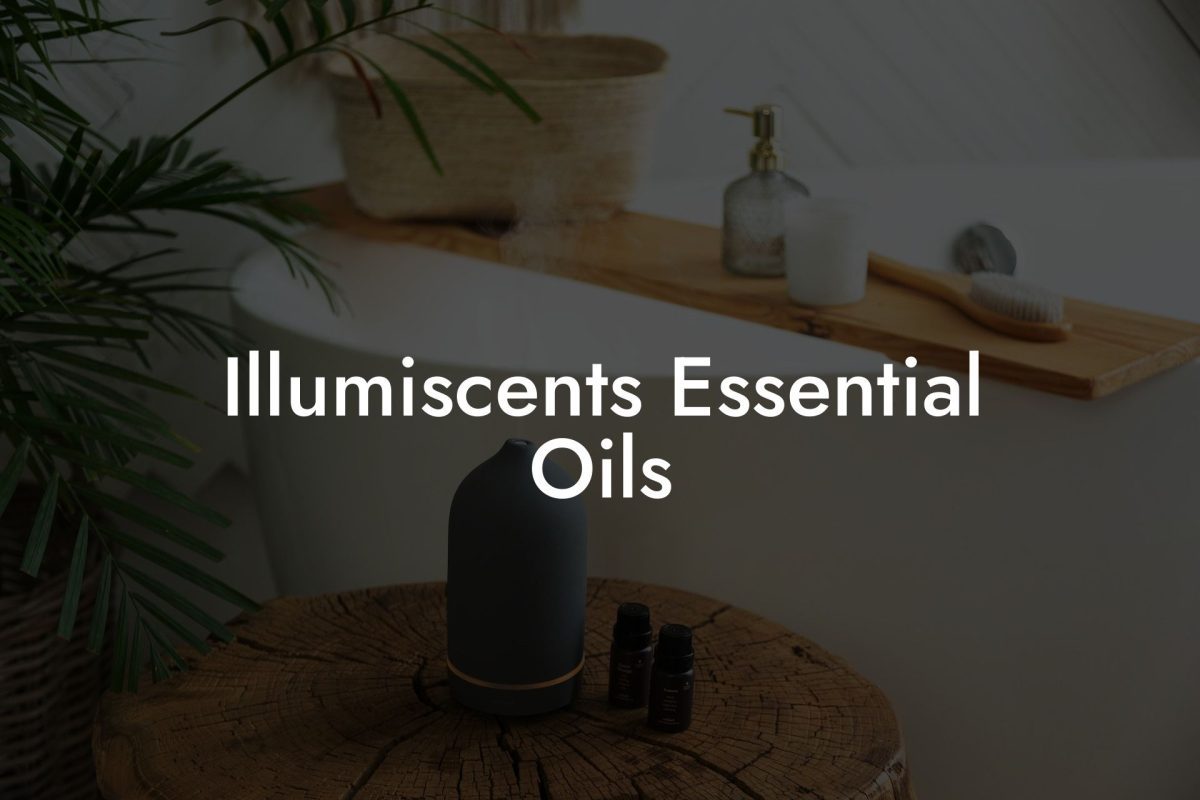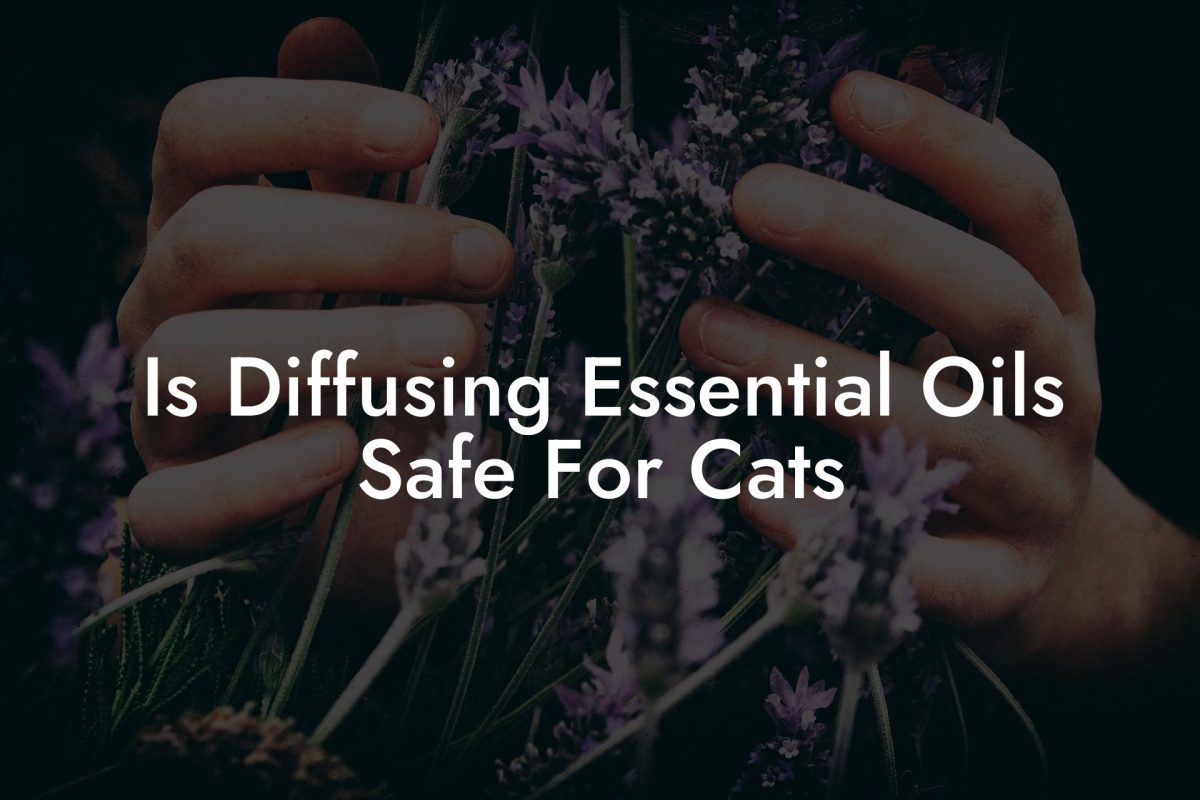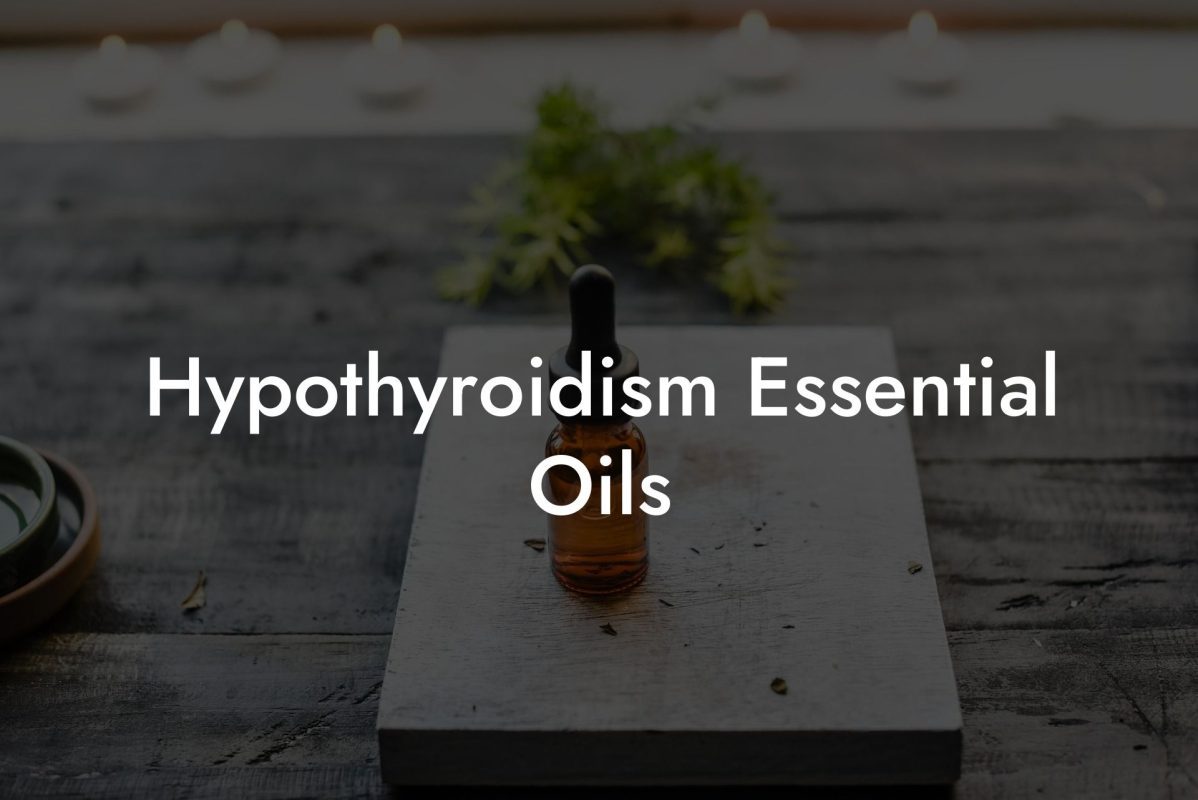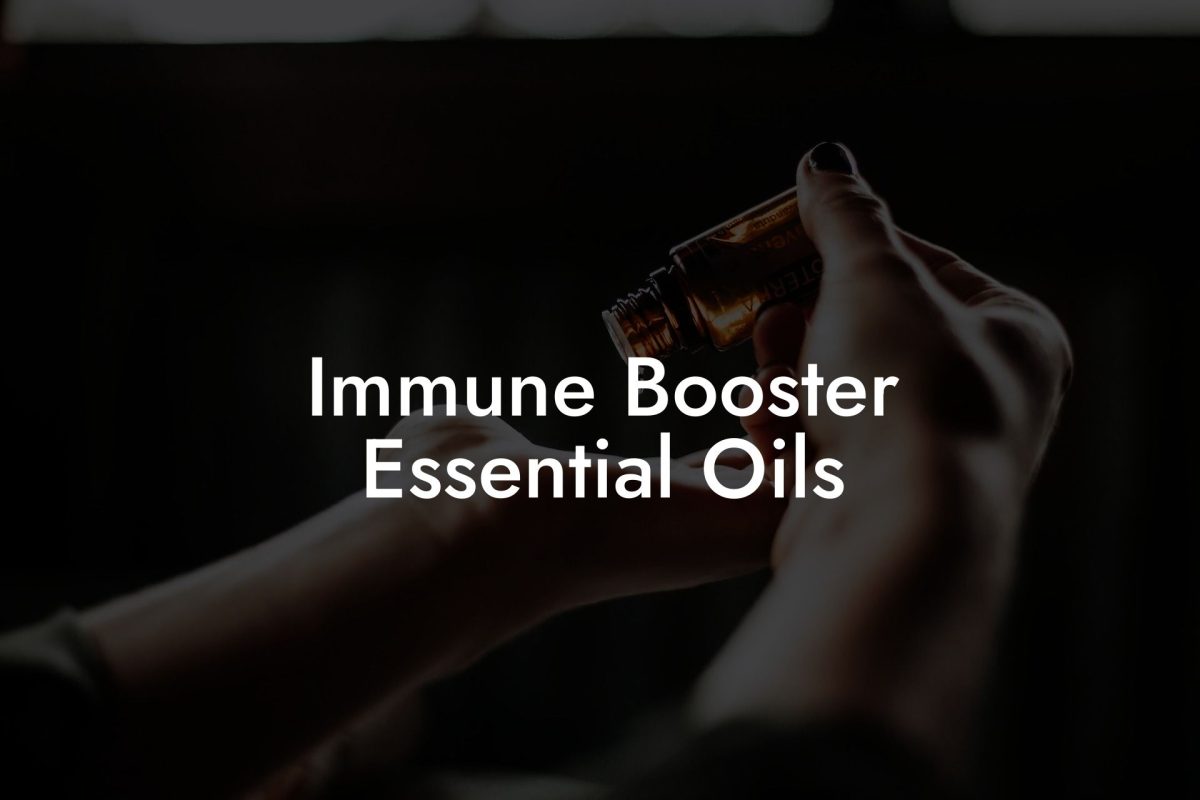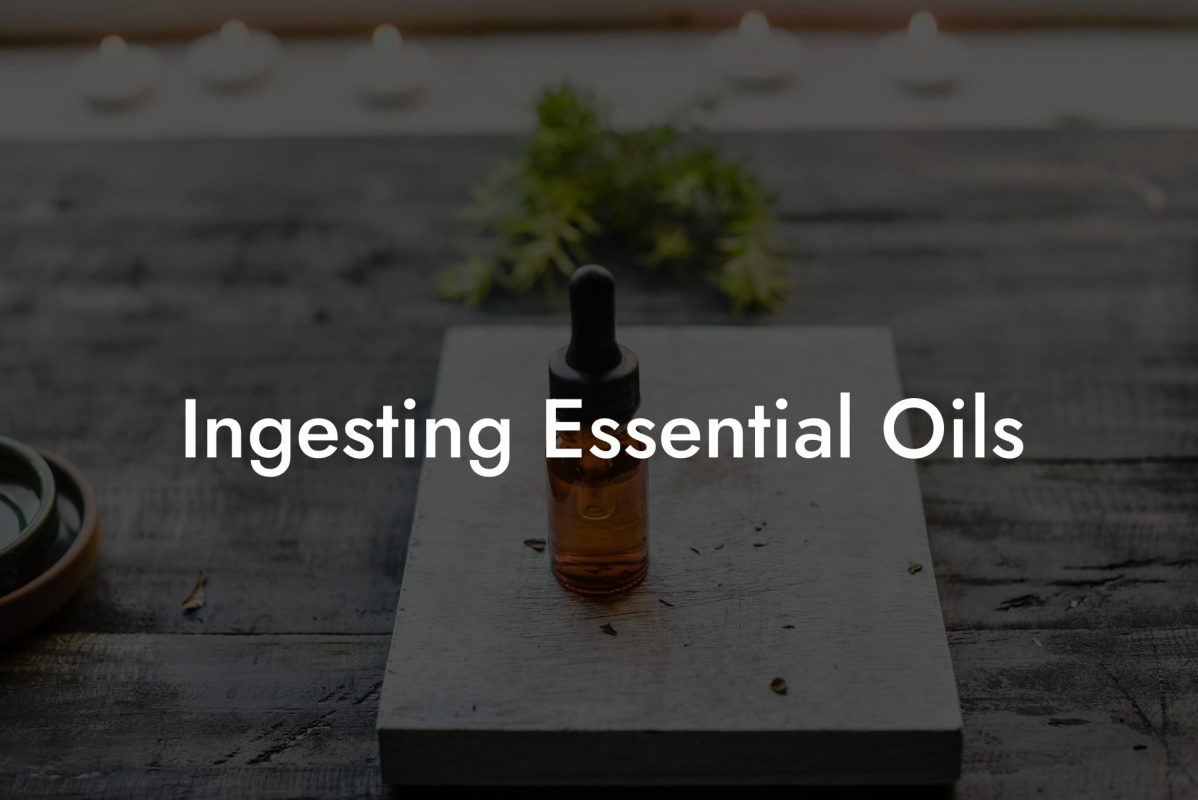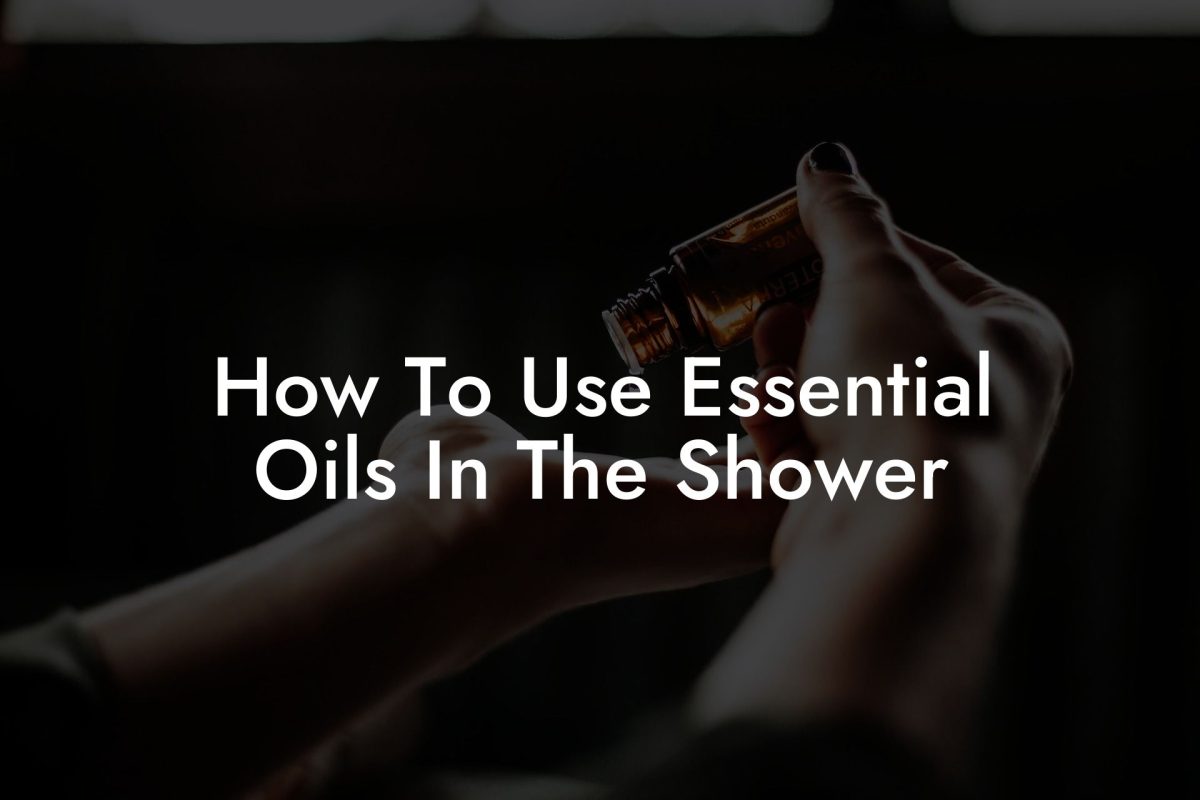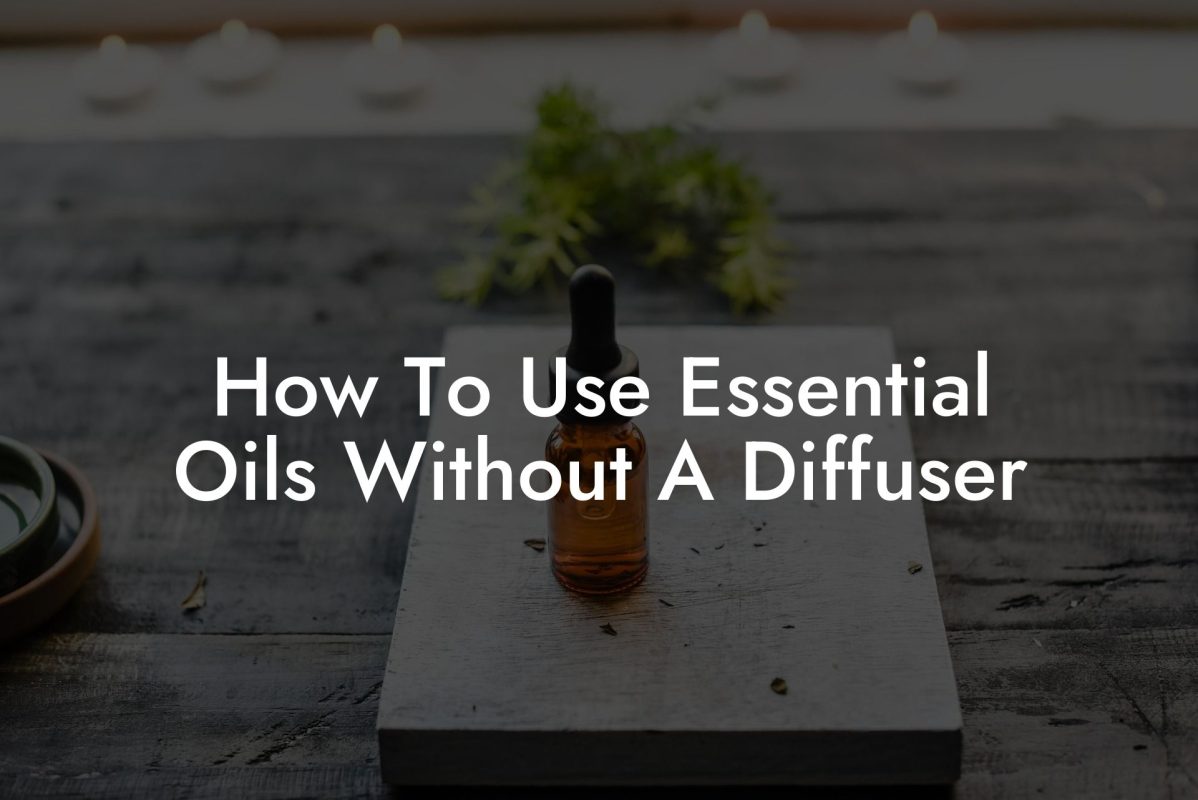Are you aware that not all essential oils are created equal? While they offer numerous benefits for physical, mental, and emotional wellbeing, it’s crucial to understand that their potency and potential risks must also be recognized. Discover the ins and outs of essential oil toxicity, how to avoid adverse reactions, and ensure a safe and rewarding experience with these potent, natural wonders.
Table of Contents
Understanding Essential Oil Toxicity
Essential oils are highly concentrated plant extracts that provide numerous therapeutic benefits. However, their potency can also lead to adverse effects if not used correctly. Essential oil toxicity refers to the harmful impact these oils can have on the human body when misused or used in excessive amounts.
Common Factors Contributing to Essential Oil Toxicity
1. Improper Dilution
One of the main factors contributing to essential oil toxicity is inadequate dilution. As these oils are highly concentrated, they need to be properly diluted before use, typically with a carrier oil such as sweet almond or coconut oil. This reduces the risk of irritation and sensitization from direct contact with potent oils.
2. Oral Ingestion
Another important factor is oral ingestion. Although some essential oils are safe for consumption when properly diluted and used under professional guidance, ingesting undiluted oils or consuming inappropriate oils can lead to poisoning and severe health complications. It’s vital to consult a qualified aromatherapist or health practitioner before ingesting essential oils.
3. Allergic Reactions
Allergic reactions to essential oils are a potential hazard to consider. Some individuals may be hypersensitive to a particular oil, resulting in adverse reactions such as acute dermatitis, redness, itching, and in severe cases, anaphylactic shock.
4. Application to Broken Skin
Applying essential oils to broken or irritated skin can exacerbate existing issues and increase the likelihood of toxicity. Properly diluting the oils and ensuring that your skin is in a healthy condition before applying them will help prevent negative side effects.
5. Overuse of Essential Oils
Lastly, the overuse of essential oils is another critical factor contributing to toxicity. Using the same oil for an extended period or using excessive amounts at a time may lead to increased sensitization, resulting in health complications and diminished therapeutic benefits.
Essential Oils Toxicity Example:
Imagine a scenario where you decided to use lavender essential oil to help calm your nerves before bedtime. You accidentally applied an undiluted drop of lavender oil directly onto your skin, which resulted in your skin turning red and irritated. You realized the importance of diluting essential oil correctly and decided to mix lavender essential oil with sweet almond oil at a safe ratio of 1% for topical application. Afterward, your skin no longer had an adverse reaction, and you enjoyed the calming effects safely.
Understanding the ins and outs of essential oil toxicity is vital for harnessing their benefits safely and effectively. As you explore the world of essential oils, don’t forget to practice proper dilution techniques, consult professionals when necessary, and always be aware of your body’s unique reactions to these natural remedies. Share this informative article with friends and family interested in essential oils, and dive into the rest of our guides on Oshu Oils to level up your knowledge of these powerful plant extracts. Explore the Oshu Oils range of essential oils, expertly crafted with your wellbeing in mind.


